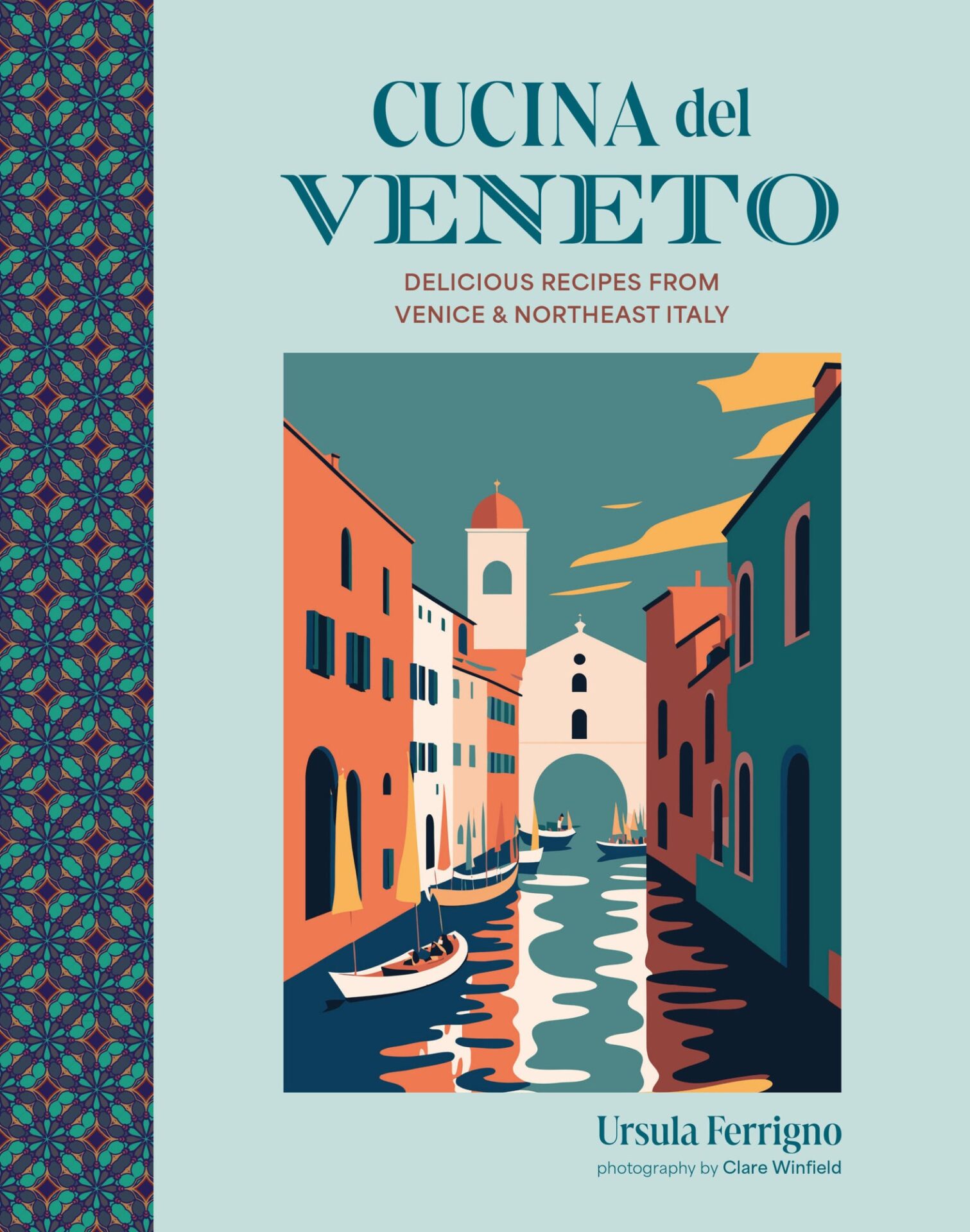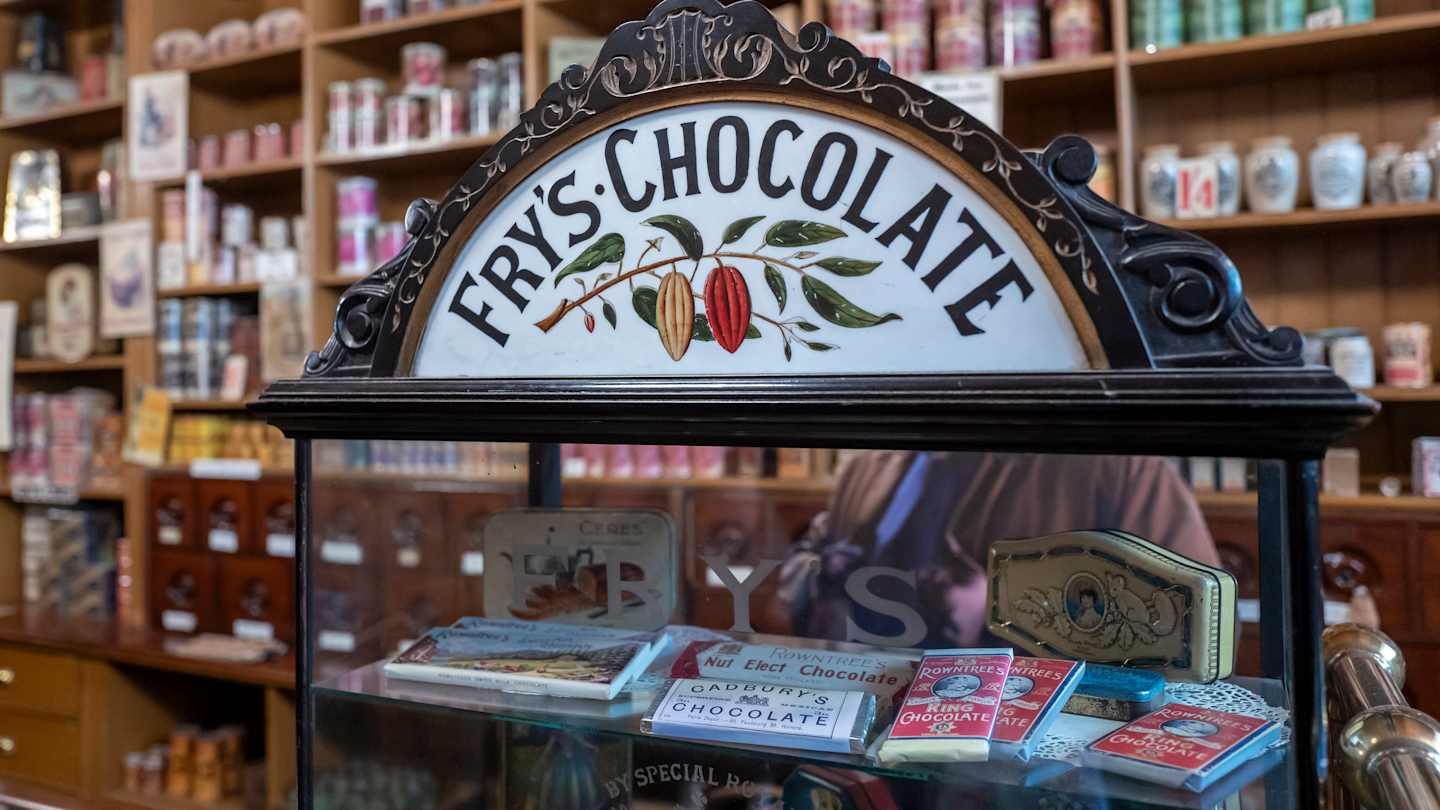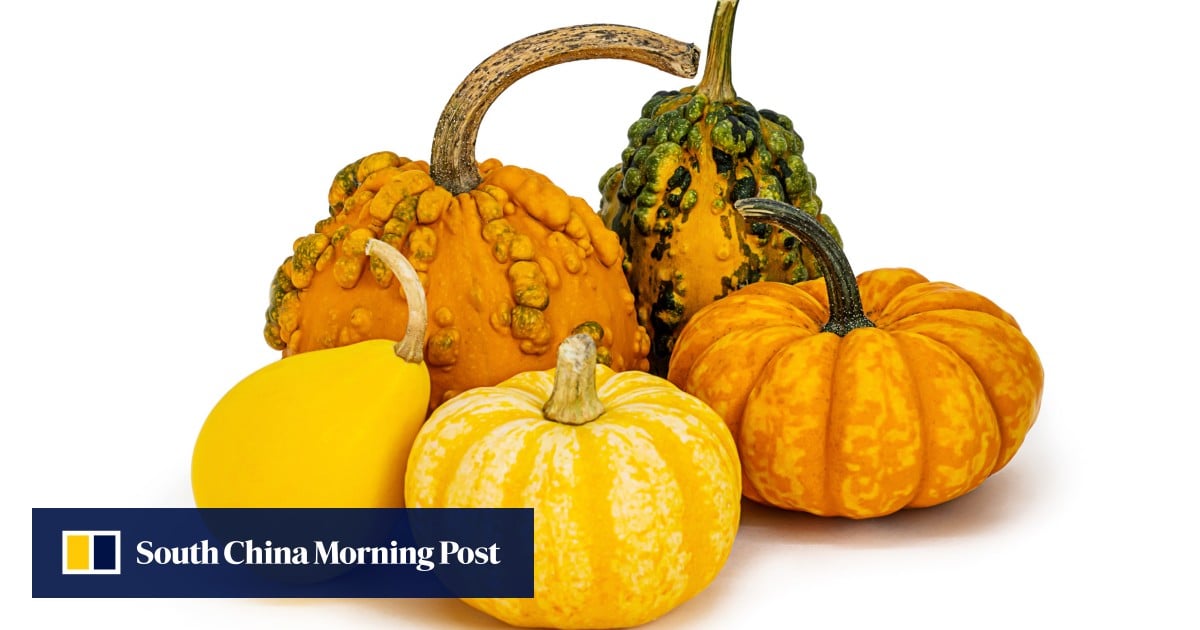In the buzzing labyrinth of Venetian alleyways lies the renowned Rialto Market, veiled in a century of stories bound to the beautiful aqua city. Known as a melting pot of cuisines, Venice, at its height, had been known as the golden beacon of cosmopolitan Europe. It championed its reputation as a major trade center with North Africa and the Middle East, weaving together a culinary bond that still lingers today. The capital now, of Italy’s northern Veneto region, plays host to a variety of ingredients that are brought to the marketplace from its seven diverse provinces which include the alpine ranges of the Dolomites and the fertile soils bathed by coastal marshes and shallow lagoons.
The legacy of the Venetian marketplace continues to echo in its culture and gastronomy, shaping it to be truly remarkable. Over the years, a fusion of people, produce, and their journey gives birth to extraordinary cuisine worth celebrating.
Among the many culinary aficionados attracted to this region is Ursula Ferrigno. An author and veteran in Italian cuisine, Ferrigno’s profound love for Italian food has been the inspiration behind her extensive exploration, writing, and teaching about the food culture for over two decades.
In Ferrigno’s latest book, ‘Cucina del Veneto’, she takes her readers on an intimate journey to unlock the secrets of Venetian cooking. During a conversation from her London abode, the audience gets a glimpse into her passion for radicchio, the distinctive techniques that set Venetian cooking apart from the rest, and how the marketplace is the cornerstone of her culinary journey.
Ferrigno’s culinary tryst with Veneto began over two decades ago when her father introduced her to this region. He was the pioneer in growing radicchio and exporting it to the UK. During her visits, she met with local homemakers, recipe creators, and farmers who ignited her curiosity in the rich and unique taste of their dishes. She saw potential in understanding the reasoning behind these dishes, their richness, and why their flavors stood apart.
Radicchio, a face of Venetian cuisine, grows extraordinarily well in the plains. In Italy, its bitter taste is championed as a liver stimulant, subsequently making those who consum it happier. Hungrily consumed raw, pickled, grilled, or even in lasagna, this versatile vegetable is highly regarded.
What makes a dish signify its roots in Venice? According to Ferrigno, it’s the generous richness of flavors empowered by cheese and butter due to the considerably colder weather. She equates a Venetian dish to polenta, a staple which becomes exceptionally delicious when combined with a homemade broth, reinstating that it’s truly Venetian.
When we look at Venetian cuisine, it brings together divergent elements from the disparate landscapes of the Veneto – the plains, the waterways, and the lagoons. The mountains provide for dairy and cheese, the lagoons feed the waterways eventually nourishing the fertile plains. Forestry contributes mushrooms, creating a vibrant palette of ingredients for a cuisine that has evolved and been nurtured by a wise amalgamation of international cultures, especially traders from the Middle East and North Africa.
The key philosophy behind Venetian cooking revolves around respect for the ingredients. A good broth is considered integral, and Ferrigno urges culinary enthusiasts to devote time to creating a beautiful broth, without which, dishes like rice and polenta will lack the Venetian charm.
Climate challenges may pose a threat to the fruitfulness of the region, but being resilient and responsive is the need of the hour. Having to constantly adjust with the changing market, Ferrigno emphasizes the need for adaptability. She curates her classes based on what she finds at the market. This element of spontaneity keeps Venetian cuisine fluid and exciting.
If you find yourself in the Veneto region for a quick visit, Ferrigno recommends sampling the bigoli pasta in salsa, and the cicchetti for their varied richness. She also recommends locals and visitors alike to try signature fish dishes, pasta with duck, linguine al nero di seppia (with cuttlefish ink), and the bussolai (butter cookies). Indeed, the cuisine of Venice continues to enchant taste buds across the world with its ever-evolving palate full of delightful surprises.



